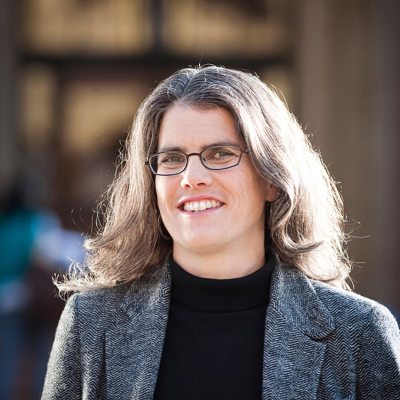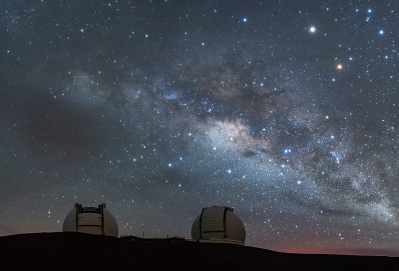It’s sometimes easy to forget that the light in the sky is an actual star. With how reliable it is and how busy we tend to be as humans, we can take that incredible fact and stow it away and largely go on with our lives unaffected. But our star is the thing that gives everything on the planet life and energy and is important to understand. Humans don’t have a full understanding of it either; there are several unsolved mysteries in physics which revolve around the sun, the most famous of which is the coronal heating problem. To help further our understanding a number of scientific instruments have been devised to probe deeper into it, and this adaptive optics system just captures some of the most impressive images of it yet.
Adaptive optics systems are installed in terrestrial telescopes to help mitigate the distortion of incoming light caused by Earth’s atmosphere. They generally involve using a reference source to measure these distortions, and then make changes to the way the telescope gathers light, in this case by making rapid, slight changes to the telescope’s mirror. This system has been installed on the Goode Solar Telescope in California and has allowed scientists to view various solar phenomena with unprecedented clarity.
The adaptive optics system here has allowed researchers to improve the resolution from the 1000 km resolution of other solar telescopes down to nearly the theoretical limit of this telescope—63 km. With this kind of resolution the researchers hope that this clarity will help shine some light on some of the sun’s ongoing mysteries. Adaptive optics systems like this aren’t just used on terrestrial telescopes, either. This demonstration shows how the adaptive optics system works on the James Webb Space Telescope.
Thanks to [iliis] for the tip!
















